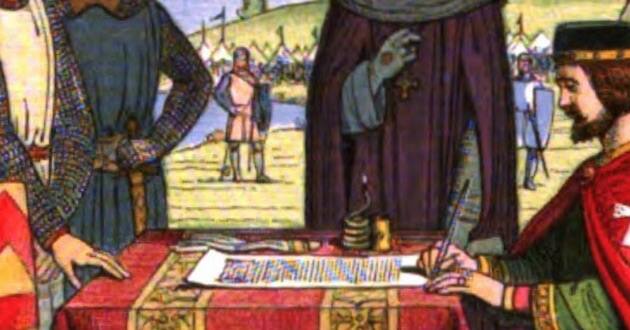Religious and spiritual freedom examined in Magna Carta exhibit

The Bible and the Magna Carta are two of the most important writings in human history. The Museum of the Bible in Washington, D.C., is examining their relationship in a new exhibit that opened on July 2 and will run through January 2.
“Magna Carta: Tyranny. Justice. Liberty.” is a partnership between the Museum of the Bible and Hawkwood International. As noted in the Museum of the Bible’s statement announcing the exhibit, “The Magna Carta is widely considered a major inspiration for the Declaration of Independence, the United States Constitution and the Bill of Rights, the United Nations’ Universal Declaration of Human Rights and the British Human Rights Act.”
The exhibit features an original 1217 Magna Carta, one of only four in existence, as well as the King’s Writ, an initial agreement between England’s most powerful barons and King John to restore their “ancient liberties.” The exhibit illustrates how “The king and rebel barons gathered at the ancient site of Runnymede,” where a “treaty in the form of a charter was crafted over several days in June 1215.” However, John, described as a tyrant in the exhibit, quickly broke the promises in the King’s Writ, and the Magna Carta did not come to fruition until 1217, after King John died.
The exhibit also includes an illuminated New Testament dating back to 1215 and a Magna Carta issued by King Edward I in 1300 accompanied by its corresponding Charter of the Forest. The existence of the 1300 Magna Carta was unknown until five years ago, and it was also viewed by Thomas Paine, an influential figure in the American Revolution, while he still lived in England.
A portion of the exhibit titled “The Road to Liberty” highlights the 1217 Magna Carta’s influence on the founding documents of the United States: “As the Constitution was drafted, core concepts from Magna Carta were considered essential components. The rule of law, due process and habeas corpus represent important continuities between English and American legal traditions. Magna Carta’s legacy is reflected most clearly in the Bill of Rights, the first 10 amendments to the Constitution ratified in 1791.”
–Alan Goforth | Metro Voice







